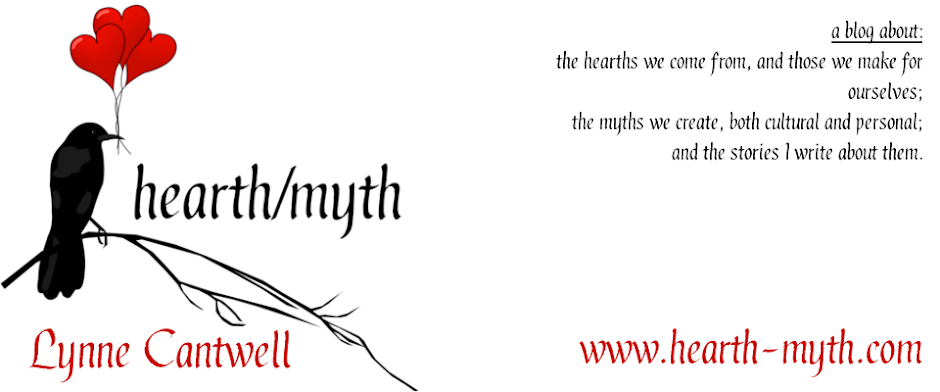 In case you were living under a rock and/or didn't get the e-mail (see the example over on the right -- yes, Amazon actually sent an e-mail like this to some people, and thanks to Laurie Boris for the screenshot!), Annealed was launched on an unsuspecting public this past Wednesday. My little corner of the Twitterverse and blogosphere lit up with people posting the release info and Rafflecopter contest form. I'm very grateful to all of them for their help in getting the word out.
In case you were living under a rock and/or didn't get the e-mail (see the example over on the right -- yes, Amazon actually sent an e-mail like this to some people, and thanks to Laurie Boris for the screenshot!), Annealed was launched on an unsuspecting public this past Wednesday. My little corner of the Twitterverse and blogosphere lit up with people posting the release info and Rafflecopter contest form. I'm very grateful to all of them for their help in getting the word out.The prize for the launch contest (which, by the way, you can still enter if you like) is a copy of each of the five Pipe Woman Chronicles books and an Amazon gift card. Now that's all well and good if you haven't already read the books. But I figure that most of you reading this blog post have read the first four books and are basically just here to find out about Annealed. So I've got a different contest for you.
I knew that it was the Ojibwe who started the tradition of the dreamcatcher, but what I didn't realize (until I saw it on this website) was that the Lakota adopted the tradition, and that the two tribes see the function of the dreamcatcher differently. The idea in both cases is to hang the device over the place where you sleep. The Ojibwe believe that bad dreams will be trapped in the webbing, like bugs caught in a spider's web, while the good dreams will make it to the sleeper by fitting through the tiny hole in the middle. The Lakota believe that the dreamcatcher ensnares the good dreams, which then slide down the feathers to the sleeper underneath.
This particular dreamcatcher has a turquoise bead strung on the webbing. It represents the spider who spun the web.
Of course, now the dreamcatcher is sort of a pan-Indian thing. This one, as I said, is Navajo made. An interesting side note about Native American crafts: the U.S. government regulates them. The Indian Arts and Crafts Act of 1990 prohibits anyone but a member of a federally-recognized tribe from claiming that their products are authentic Native-American-made items.
Anyhow, this is a much nicer dreamcatcher than the one I made from a kit. Plus I'm throwing in an Amazon gift card. I'm out of pocket next week, so I'm going to let this run 'til Friday, June 7th. The contest form is below -- you know the drill by now. (Note: If you have trouble getting the form to work for you, try using a browser other than Internet Explorer.)
Sweet dreams, everybody. And I hope you enjoy reading Annealed.
The Rules (sorry, gotta have 'em):
- Friends and family may definitely enter.
- Winners from my previous contests may win again.
- Someone will win. I am getting this stuff out of my house, one way or the other.
- As always, the judge's decisions are arbitrary, capricious, and final.
a Rafflecopter giveaway
***
These moments of dreamy blogginess are brought to you, as a public service, by Lynne Cantwell.

